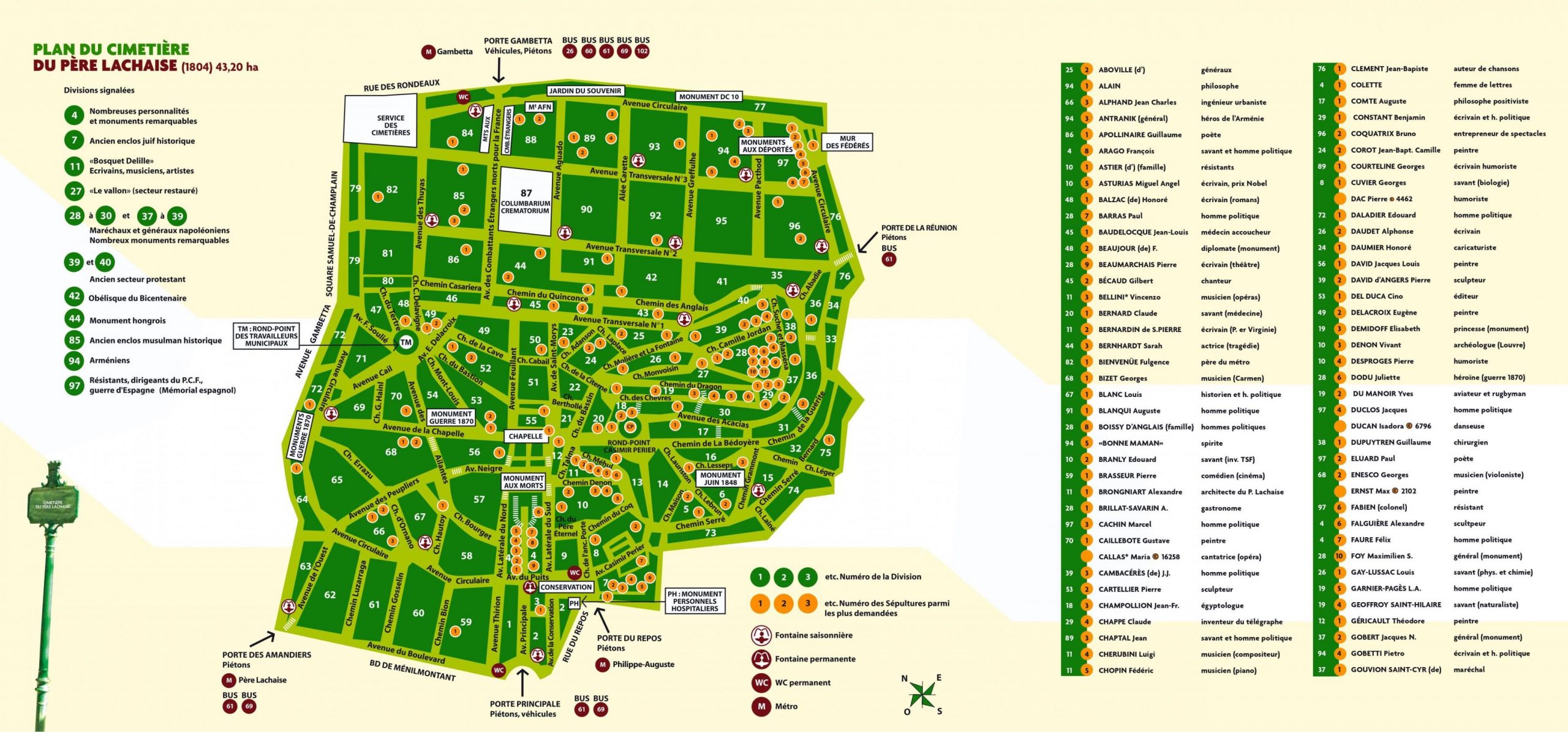Élisabeth Alexandrovna de Demidoff
Fun Fact: Why is her tomb considered the most haunted of Père Lachaise?
According to legend, the Baroness did not want to be alone in her grave. She would die on April 8th, 1818, leaving a very strange will behind her. Her will allegedly read that, in order to inherit her fortune, a candidate should spend 365 days and 366 nights locked alone in her mausoleum.
Despite the unusual request, the fortune of Princess Demidoff was important enough to give it a try, and soon there were a few requests to attempt the quest! A few candidates agreed to be locked in the mausoleum, where they would be served food and be given a bucket that would be emptied daily for their own waste.
Not many survived the challenge for longer than a week, and they would usually be taken out after spending hours crying for help and knocking the doors, with a terrified look in their faces, often scratched and showing bruises.
The witnesses declared that they felt how life abandoned them in the mausoleum. The body of Princess Demidoff had been placed in the centre of the mausoleum in a coffin made of crystal, and the room was said to be covered in mirrors, with intricate symbols surrounding the area.
Some suggested that the Princess was a vampire, for her body didn’t show any signs of decomposition. Others that she was feeding on the energy of her visitors for when it was time to come back to life.
Be as it may, the mausoleum of Elisabeth Demidoff was locked by order of the city council after many incidents with those that attempted to inherit the fortune of the Princess, and her wealth remains unclaimed up to this day.
Cemetery Information:
Final Resting Place:
Cimetière du Père Lachaise
16 Rue du Repos, 6ème division, Chemin Lesseps
Paris, , 75020
France
Europe
Map:

Grave Location:
Division 19Grave Location Description
The spectacular tomb of Élisabeth Alexandrovna de Demidoff, the largest tomb in all of Cimetière du Père Lachaise, is located in the middle of Division 19 which is bordered by Chemin du Dragon and Chemin des Chevres.

